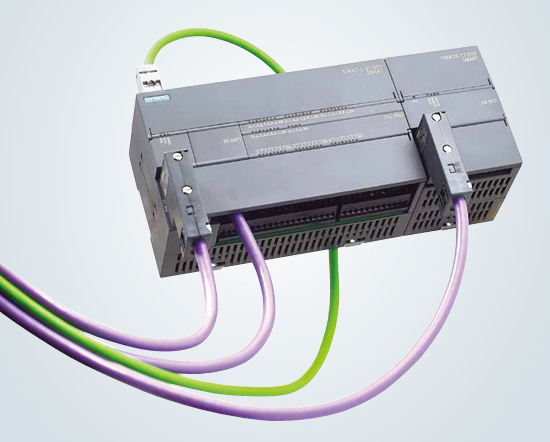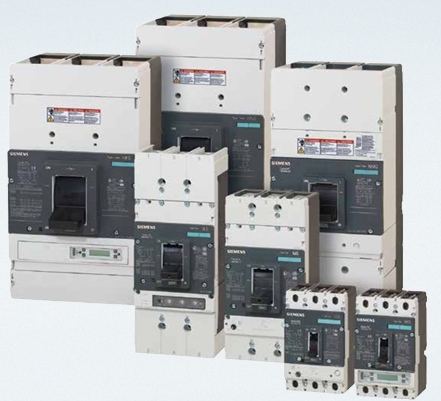The different model identifications of this module correspond to differences in production batches, configuration versions, and supply chain codes. The core functions are consistent with the hardware architecture, and the specific identification instructions are as follows:
VMIVME-7807: Module core model, representing a specific functional series based on VME bus, clarifying the hardware platform and core positioning of the module
GE VMIVME-7807 VMIVMME-01787-414001 350-00010078007-414001 D module
Module core identification and basic information
The different model identifications of this module correspond to differences in production batches, configuration versions, and supply chain codes. The core functions are consistent with the hardware architecture, and the specific identification instructions are as follows:
-VMIVME-7807: Module core model, representing a specific functional series based on VME bus, clarifying the hardware platform and core positioning of the module;
-VMIVME-017807-414001: Extended model identification, where "01" usually represents the basic configuration version and "414001" is the production batch or sequence code used for product traceability and quality control;
-350-0001007807-414001: Supply chain or procurement code. The first half "350-000100" is the internal material classification code of GE, and the second half is consistent with the sequence code of the extended model, which facilitates enterprise level inventory management and procurement integration.
The module adopts a standard VME bus board design, with dimensions in accordance with IEC 60603-2 specifications, and can be directly adapted to various VME bus chassis. It has strong installation compatibility and does not require additional customization of mechanical structures.
Key technical parameters
The technical parameters of GE VMIVME-7807 D module revolve around signal processing capability, bus compatibility, and environmental adaptability. The core parameters are as follows:
1. Bus specifications: Compatible with VMEbus Rev. C. standard, supports 32-bit address/data bus, with a maximum bus speed of 40MB/s, meeting high-speed data transmission requirements;
2. Core processing unit: Integrated with high-performance embedded processors, the main frequency supports multi-level adjustment (up to 33MHz), has fast data operation and logic processing capabilities, and can independently complete signal filtering, conversion, and real-time feedback;
3. Input/output interface:
Analog input: Supports 8-channel differential analog signal input, with optional input ranges of ± 5V, ± 10V, or 4-20mA, a resolution of 16 bits, and a maximum sampling rate of 100kHz, ensuring the accuracy and real-time performance of signal acquisition;
4. Digital interface: includes 16 isolated digital input/output channels, with an input voltage range of 24V DC and a maximum output drive capability of 0.5A. It has photoelectric isolation protection function and anti-interference level up to IEC 61000-4-2 standard;
5. Communication interface: equipped with 1 RS-485 serial interface and 1 VME bus interrupt interface, supporting Modbus RTU communication protocol, facilitating data exchange and collaborative control with the upper computer and other modules.
6. Power requirements: The input voltage is+5V DC (± 5%) and ± 12V DC (± 10%), with a typical working current of 1.2A at+5V and 0.3A at ± 12V. It has overvoltage and overcurrent protection functions;
7. Environmental adaptability: Operating temperature range of -40 ℃~+70 ℃, storage temperature range of -55 ℃~+85 ℃, relative humidity of 5%~95% (no condensation), vibration level meets MIL-STD-810F standard, and can adapt to harsh industrial environments.
Functional features and advantages
1. High reliability design: using industrial grade components and reinforced PCB board design, passing multiple rounds of reliability testing such as high-temperature aging, vibration impact, etc., the average time between failures (MTBF) exceeds 100000 hours, meeting the stable operation requirements of continuous industrial production;
2. Flexible configuration capability: The module supports parameter configuration through the VME bus, and the analog input range, sampling rate, and digital I/O logic can be adjusted through the upper computer software to adapt to different application scenarios without hardware modifications;
3. Strong anti-interference performance: The analog input channel adopts differential amplification and shielding design, and the digital interface has 2500Vrms optoelectronic isolation, effectively suppressing electromagnetic interference (EMI) and radio frequency interference (RFI) in industrial sites, ensuring the accuracy of data acquisition;
4. Convenient diagnosis and maintenance: The module is equipped with LED status indicator lights, which can display the working status of power, bus communication, and I/O interfaces in real time. It supports the VME bus diagnostic protocol, making it easy for engineers to quickly locate faults and reduce maintenance costs.
Typical application scenarios
Based on its stable performance and flexible configuration, the GE VMIVME-7807D module has achieved mature applications in multiple industrial fields, mainly including:
-Power system monitoring: used in the comprehensive automation system of substations to collect power parameters such as voltage, current, and power, and achieve real-time data processing to monitor the operation status and fault warning of the power grid;
-Rail transit control: adapted to the signal control system of subway and light rail, processing track signals, vehicle status and other data, providing data support for train scheduling and safe operation;
-Industrial process control: In DCS (distributed control system) of chemical, metallurgical and other industries, responsible for on-site sensor signal acquisition and actuator control signal output, to achieve precise control of the production process;
-Military and Aerospace: As a data acquisition module in the testing system of military and aerospace equipment, it meets the application requirements of high reliability and wide temperature range.
Precautions for use
Before installing the module, it is necessary to confirm the power specifications and bus version of the VME chassis to ensure that they match the module parameters;
2. When wiring, it is necessary to strictly distinguish between analog and digital interfaces to avoid module damage caused by strong electrical signals entering the analog channel;
When used in harsh electromagnetic environments, additional shielding measures should be taken to enhance the module's anti-interference ability;
4. During module maintenance, it is necessary to first cut off the power supply of the chassis to avoid hot swapping operations and prevent bus conflicts and hardware failures;
5. It is recommended to regularly calibrate the parameters of the module through the upper computer software to ensure the accuracy of data collection.

- User name Member Level Quantity Specification Purchase Date
- Satisfaction :
-









Email:wang@kongjiangauto.com




































































































































